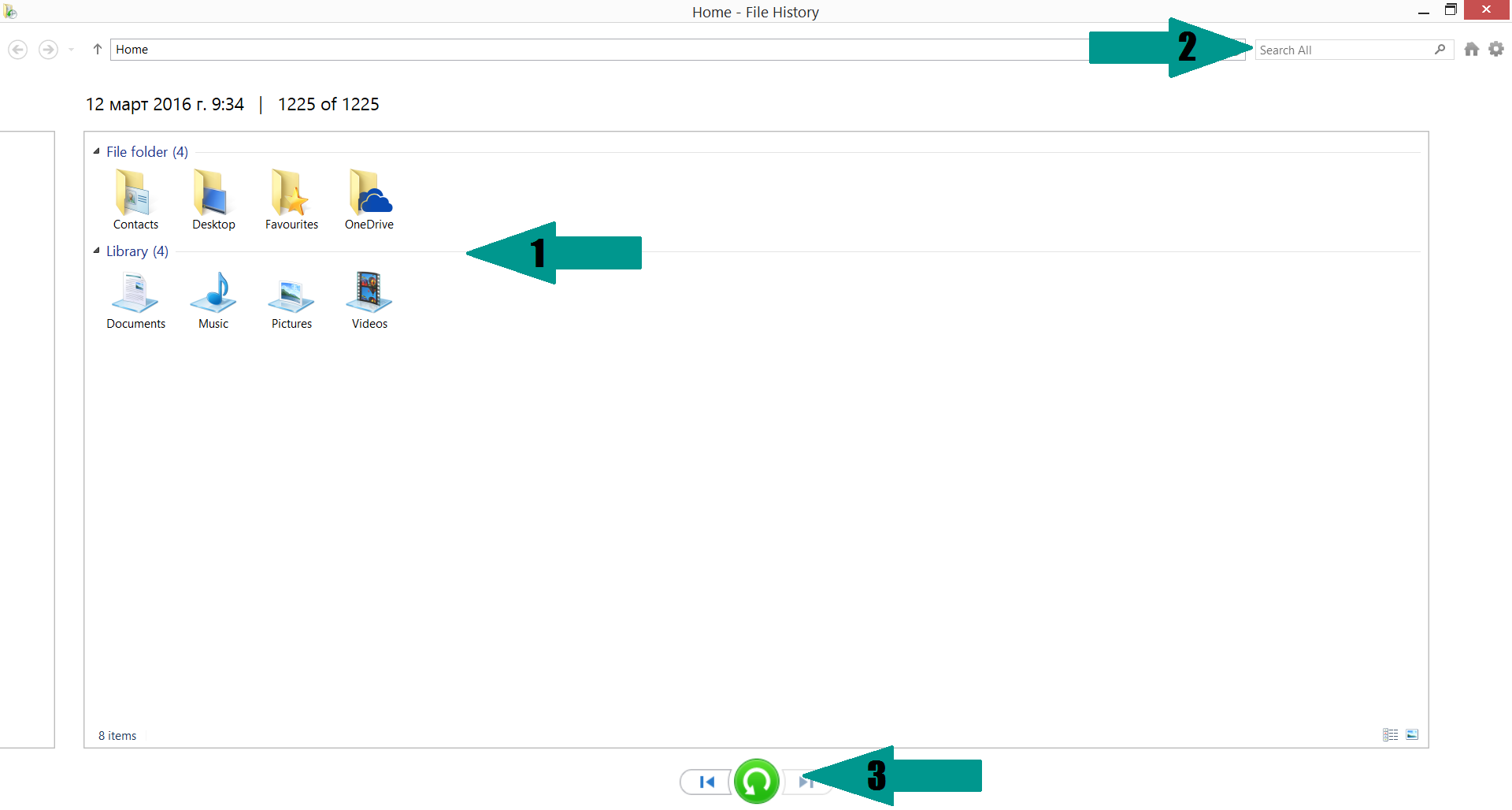The Damage ransomware is a newly discovered malware threat which uses direct hacking attacks to infects its targets, read our removal guide to learn more about it.
Damage Ransomware Description
Security experts have announced the discovery of a new dangerous threat known as the Damage ransomware. The virus is of unknown origin and we suspect that it probably has based some of its code on some of the known virus families. However at this moment there is not enough information it and we cannot conclude that with certainty.
Upon infection the virus follows the usual infection algorithm by encrypting target user data and extorting the victims for a aransomware fee payment. The built-in encryption engine targets the most popular file extension types: documents, photos, music, configuration files, backup images and etc. All affected data receive the .damage extension.
The virus then crafts a ransomware note called “[email protected][user_pc_name].txt”. Its contents read the following message:
TtWGgOd57SvPlkgZ***
==========
end of secret_key
To restore your files – send e-mail to [email protected]
Damage Ransomware Distribution
The virus infections are initiated mainly through direct hack attempts. The Damage Ransomware attempts to intrude into the target servers by using RDP (Remote Desktop Protocol) attacks and exploiting various weaknesses in an automated way.
The RDP intrusions are done by using an IP scanner to analyze of the standard port 3389 is available and if there is a service open.
Other ways to distribute the malware include the following:
- Email Spam Campaigns – The hackers use email spam messages to spread the viruses either in hyperlinks or directly attach them to the messages. In recent times the hackers use many different kinds of social engineering tactics.
- Software Installers – Infected bundle installers are often used to spread dangerous viruses. They are often found on iliegal download sites and BitTorrent trackers.
- Malicious Redirects – All sorts of browser hijackers and malicious redirects are used to deliver virus executables to the victims.
What Can I Do To Prevent Damage Ransomware?
A ransomware infection is a clear signal that your computer lacks the necessary protection. The problem may be solved by:
- Better anti-spam measures – don’t download shady attachments
- Don’t give your email to sites with pirated content
- Never install suspicious ZIP or RAR files from spammed emails
- Get an anti-malware tool
Summary
| Name |
Damage ransomware |
| File Extensions |
.damage |
| Ransom |
0.5 Bitcoins |
| Easy Solution |
You can skip all steps and remove Damage ransomware ransomware with the help of an anti-malware tool. |
|
Manual Solution |
Damage ransomware ransomware can be removed manually, though it can be very hard for most home users. See the detailed tutorial below. |
| Distribution |
Spam Email Campaigns, malicious ads & etc. |
Damage ransomware Ransomware Removal
STEP I: Start the PC in Safe Mode with Network
This will isolate all files and objects created by the ransomware so they will be removed efficiently.
-
1) Hit WIN Key + R

- 2) A Run window will appear. In it, write “msconfig” and then press Enter
3) A Configuration box shall appear. In it Choose the tab named “Boot”
4) Mark “Safe Boot” option and then go to “Network” under it to tick it too
5) Apply -> OK
Or check our video guide – “How to start PC in Safe Mode with Networking”
STEP II: Show Hidden Files
-
1) Open My Computer/This PC
2) Windows 7
-
– Click on “Organize” button
– Select “Folder and search options”
– Select the “View” tab
– Go under “Hidden files and folders” and mark “Show hidden files and folders” option
3) Windows 8/ 10
-
– Open “View” tab
– Mark “Hidden items” option

4) Click “Apply” and then “OK” button
STEP III: Enter Windows Task Manager and Stop Malicious Processes
-
1) Hit the following key combination: CTRL+SHIFT+ESC
2) Get over to “Processes”
3) When you find suspicious process right click on it and select “Open File Location”
4) Go back to Task Manager and end the malicious process. Right click on it again and choose “End Process”
5) Next you should go folder where the malicious file is located and delete it
STEP IV: Remove Completely Damage ransomware Ransomware Using SpyHunter Anti-Malware Tool
SpyHunter anti-malware tool will diagnose all current threats on the computer. By purchasing the full version, you will be able to remove all malware threats instantly. Additional information about SpyHunter / Help to uninstall SpyHunter
STEP V: Repair Windows Registry
-
1) Again type simultaneously the Windows Button + R key combination
2) In the box, write “regedit”(without the inverted commas) and hit Enter
3) Type the CTRL+F and then write the malicious name in the search type field to locate the malicious executable
4) In case you have discovered registry keys and values related to the name, you should delete them, but be careful not to delete legitimate keys
Further help for Windows Registry repair
STEP VI: Recover Encrypted Files
-
1) Use present backups
2) Restore your personal files using File History
-
– Hit WIN Key
– Type “restore your files” in the search box
– Select “Restore your files with File History”
– Choose a folder or type the name of the file in the search bar

- – Hit the “Restore” button
3) Using System Restore Point
-
– Hit WIN Key
– Select “Open System Restore” and follow the steps

STEP VII: Preventive Security Measures
-
1) Enable and properly configure your Firewall.
2) Install and maintain reliable anti-malware software.
3) Secure your web browser.
4) Check regularly for available software updates and apply them.
5) Disable macros in Office documents.
6) Use strong passwords.
7) Don’t open attachments or click on links unless you’re certain they’re safe.
8) Backup regularly your data.



